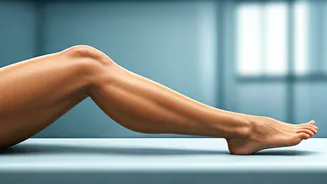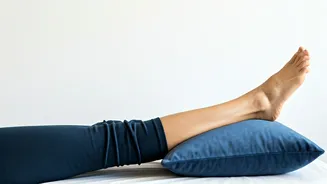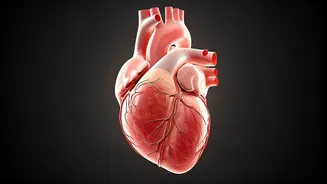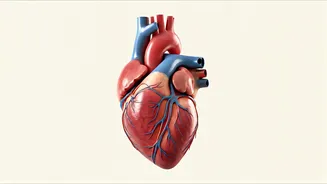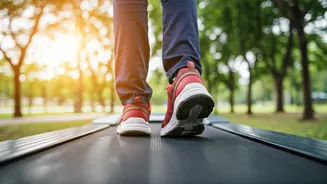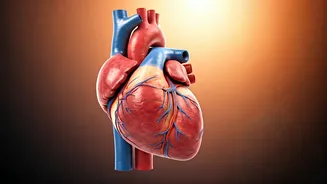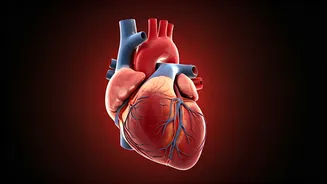Boosting Circulation Naturally
Leg elevation is increasingly recognized as a beneficial practice, particularly for improving circulation. Gravity can often hinder blood flow, leading
to issues like swelling and discomfort, especially in the lower extremities. Elevating your legs above the heart level counteracts this effect, helping blood return more efficiently to the heart. This promotes better circulation throughout the body, reducing the strain on veins and potentially alleviating symptoms associated with poor circulation. Regular leg elevation can be an accessible and effective way to enhance blood flow and support overall cardiovascular health. Furthermore, consistent practice may lead to reduced swelling in the ankles and feet, contributing to increased comfort and mobility. The ease and simplicity of this technique make it an appealing option for various individuals aiming to improve their circulatory health and well-being.
Addressing Varicose Veins
People with varicose veins frequently experience symptoms like pain, heaviness, and swelling in their legs. Leg elevation can be a useful, non-invasive method for managing these symptoms. By lifting the legs, the pressure within the veins decreases, reducing the pooling of blood and lessening discomfort. This practice can contribute to a reduction in swelling and an improvement in blood flow, thereby mitigating the severity of varicose vein-related symptoms. When done regularly, leg elevation can become a supportive measure for individuals looking for relief. It is a simple yet effective strategy that complements medical treatments and lifestyle adjustments aimed at managing varicose veins and promoting vascular health. Many people find that even brief periods of leg elevation throughout the day offer considerable comfort.
Practical Leg Elevation Techniques
Implementing leg elevation into your routine is straightforward and adaptable to various situations. The most fundamental approach involves lying down and lifting your legs, ensuring they are positioned above the heart. This can be achieved by using pillows to prop up your legs while resting on a bed or sofa. Alternatively, you can elevate your legs against a wall, making sure that your hips are as close to the wall as possible to ensure that your legs remain elevated. Consistency is key when practicing leg elevation, so aiming for at least 10-20 minutes, several times each day, is recommended to achieve optimal results. It is important to find a comfortable position. You can incorporate leg elevation into various parts of your daily routine, such as while working, relaxing, or before bed. Adjust the duration and frequency to suit your personal needs and comfort levels.
